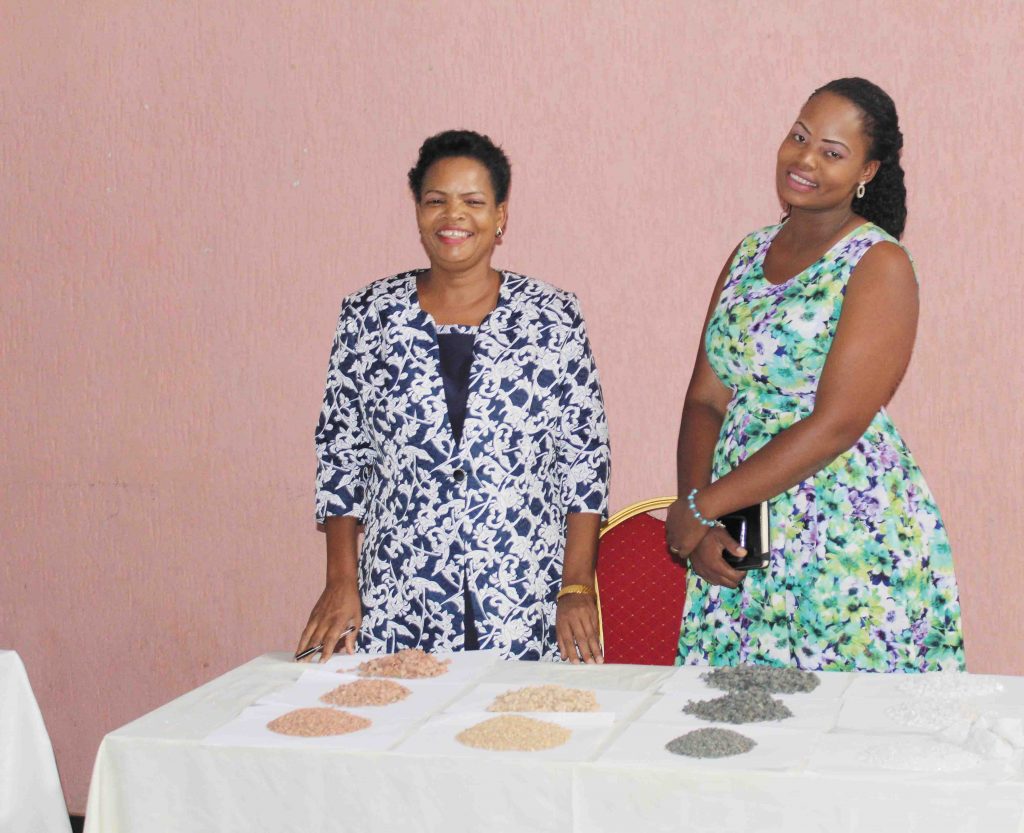
Mining & Trade News
Malawi Online News
Top Stories
Mining
CCJP calls for empowerment of gemstone operators
March 12, 2024 / Wahard Betha

The Catholic Commission for Justice and Peace (CCJP) has called upon the Malawi Government and development partners to consider empowering Artisanal and Small-scale Miners (ASMs) in gemstone subsector in the country with knowledge and skills.
Programs Coordinator for Catholic Commission for Justice and Peace (CCJP) Tuntufye Simwimba told Mining & Trade Review that the call follows the knowledge gap that is there within the subsector especially to youth and women who have the interest of operating and those already in the subsector.
Simwimba said: “Definitely, there is a gap. However, identification of gemstones especially the seven key gemstones; diamond, pearl, ruby, sapphire, emerald, oriental cats eye and alexandrite is a specialized field that can be learnt by anyone with sufficient interest.
“While focus should be on formal institutions, there should be a deliberate endeavor to enhance information and skills to supplement the demand of the sector.”
2ASMs should be empowered, regulated and given the right capacity. Youth and women led initiatives should also be empowered to undertake efforts in the field with micro-factories and knowledge.”
Simwimba further stressed the need to consider the gemstone subsector in response to the nation’s policy shift of Agriculture, Tourism and Mining (ATM).
He also reiterated the need for a stringent law to enhance that foreign companies do not take advantage of Malawi’s legal and policy inadequacies.
Simwimba said: “When the government identifies extractives as a key developmental area, policy, practice, strategy and law have to equally respond to that.”
“Commendable is that the Mines and Minerals Act has been amended, but there is more to be done.”
“There is a need to enhance capacity building and setting up of micro factories to enhance polishing and adding value of gemstones. The policy and practice direction in this regard seems inadequate”
“We should also understand that when policy identifies key areas of national development and extractives is one of them and this should be reflected in the national budget,” said Simwimba.
However, Simwimba bemoaned underfunding of the mining sector in general adding that this hinders national aspirations and the desire of developing the sector through value addition strategy.
In his remarks, one of the local ASMs in gemstones sector, Chikomeni Manda concurred with Simwimba on the knowledge gap citing that the country has few certified gemologists.
Manda said even though the country has few certified gemologists, there are some local miners and dealers with ground experience with knowledge and skills than graduate gemologists following years spent in the field.
He said: “Many people have to be trained for them to have ground experience because you can be a gemologist only conversant with theory without practical experience.”
“We have seen people calling themselves gemologist and some from outside the country but being sold low quality and plastics in the name of gemstones because they have no ground experience.”
“So, I also urge people with little experience to show interest to be trained at least in basic gemology.”
Manda further reached out to experienced gemologists to share the knowledge and skills to those showing interest and upcoming miners.
He said: “It is also appropriate that following the establishment of the gemstone buying initiative by the Malawi Government, institutions like universities, Export Development Fund (EDF), Center for Environmental Policy and Advocacy (CEPA) and others should consider offering short course trainings to miners and dealers.”
“If you have the capacity to conduct free trainings like we do, sometimes it is better to do so to those that cannot afford to pay.”
The Ministry of Mining continues to formalize the gemstones subsector through formation of cooperatives and issuing of mining and gemstone buying licenses but it is yet to train the ASMs in sustainable mining and provide them with modern mining equipment.
The Ministry continues to face underfunding challenges making it unable to fulfill some of its obligations in the ASMs sector.































